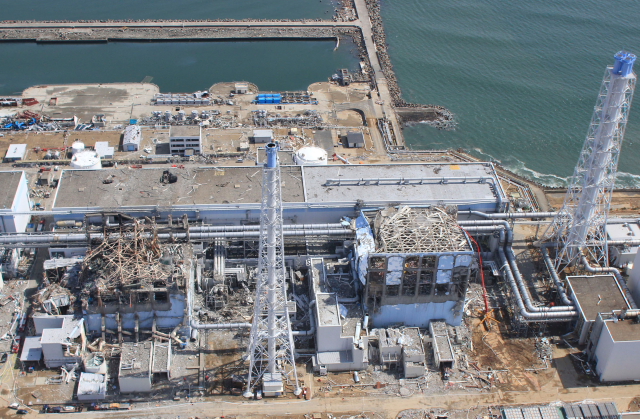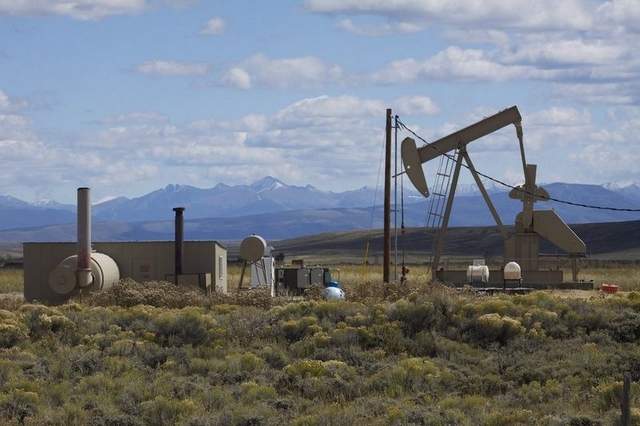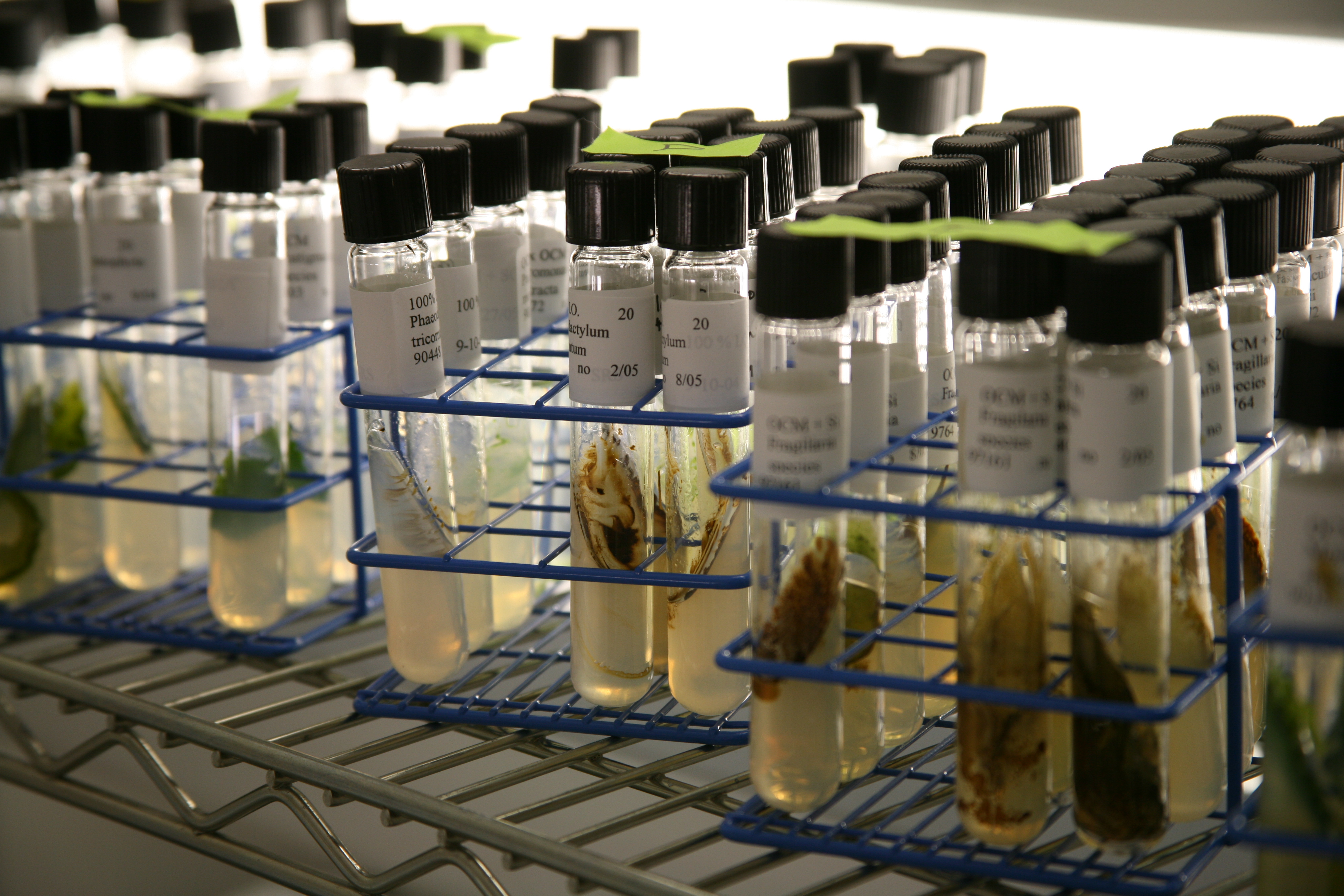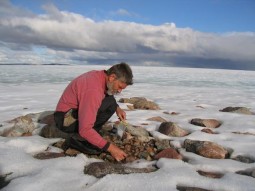On Tuesday, Nov. 26, How On Earth brings you two features:
 Feature #1: (start time 5:53) STEM, as you may well know, stands for Science, Technology, Engineering and Mathematics. Many math and science topics are introduced throughout most years of primary education, but technology and engineering — not so much. We live in a world surrounded by things imagined and designed and built by engineers, from roads and buildings to computers and appliances and even food, drugs and clothing. So it’s important to understand engineering if we want to understand these life necessities. An educator tackling this issue is Dr. Christine Cunningham, vice president of research and educator resource development for a project called “Engineering is Elementary.” It was developed by the Museum of Science in Boston. Cunningham is featured in an article, written by former How On Earth contributor Breanna Draxler, called “E is for Engineering” in the December issue of Discover magazine. Cunningham talks with host Joel Parker about how teaching engineering to very young students can be done.
Feature #1: (start time 5:53) STEM, as you may well know, stands for Science, Technology, Engineering and Mathematics. Many math and science topics are introduced throughout most years of primary education, but technology and engineering — not so much. We live in a world surrounded by things imagined and designed and built by engineers, from roads and buildings to computers and appliances and even food, drugs and clothing. So it’s important to understand engineering if we want to understand these life necessities. An educator tackling this issue is Dr. Christine Cunningham, vice president of research and educator resource development for a project called “Engineering is Elementary.” It was developed by the Museum of Science in Boston. Cunningham is featured in an article, written by former How On Earth contributor Breanna Draxler, called “E is for Engineering” in the December issue of Discover magazine. Cunningham talks with host Joel Parker about how teaching engineering to very young students can be done.

Photo courtesy John Weller
Feature #2: (start time 14:45) Arguably the healthiest marine ecosystem on Earth is the Ross Sea in Antarctica. It’s so pristine largely because it is protected by a 500-mile-wide shield of floating sea ice, and, well, it’s not exactly easy to get to. But in recent years the Ross Sea has come under threat, largely from New Zealand industrial fishing ships that are hunting as far south as they can for the Antarctic toothfish, which was rebranded as Chilean sea bass for U.S. and other consumers. John Weller is a nature photographer and conservationist living in Boulder. He has documented the beauty and fragility of the Ross Sea in his new book, The Last Ocean. Weller also co-founded a nonprofit, called The Last Ocean Project, that is dedicated to protecting the Ross Sea and other fragile marine ecosystems. Weller talks about the science and art of these environments with host Susan Moran. (You also can hear a previous interview with Weller on KGNU’s Morning Magazine.)
Hosts: Susan Moran, Joel Parker
Producer: Susan Moran
Engineer: Joel Parker
Executive Producer: Beth Bartel
Additional contributions: Brian Calvert, Jim Pullen
Listen to the show here:
Podcast: Play in new window | Download (Duration: 24:05 — 22.0MB)
Subscribe: RSS






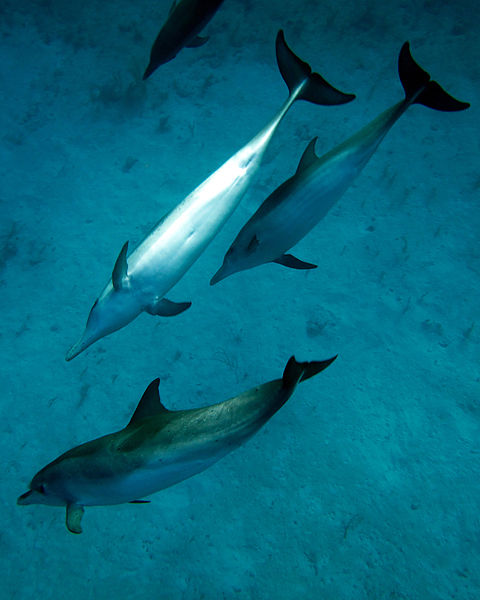
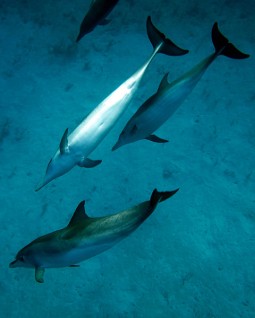 Dolphins are intelligent and communicative creatures within their own species and with the other animals native to their waters. Still, a hundred million years of evolutionary history and pressures imposed by radically different environments separate dolphins and humans. Can that enormous chasm be crossed? Can we have a conversation with an alien, a different and intelligent species? Twenty-seven years ago, Dr. Denise Herzing first slipped into the warm and clear Bahaman waters in a quest to answer those questions. And every spring since then, she has gathered the crew, the equipment, the money, the courage and the patience to return to work cooperatively with them, unfettered in the wild. Dr. Herzing believes that first we have to understand dolphin society and give them the freedom to choose to communicate with us. This week on How On Earth, Jim Pullen talks with Dr. Herzing about how she communicates with Atlantic Spotted dolphins (start at 6:48).
Dolphins are intelligent and communicative creatures within their own species and with the other animals native to their waters. Still, a hundred million years of evolutionary history and pressures imposed by radically different environments separate dolphins and humans. Can that enormous chasm be crossed? Can we have a conversation with an alien, a different and intelligent species? Twenty-seven years ago, Dr. Denise Herzing first slipped into the warm and clear Bahaman waters in a quest to answer those questions. And every spring since then, she has gathered the crew, the equipment, the money, the courage and the patience to return to work cooperatively with them, unfettered in the wild. Dr. Herzing believes that first we have to understand dolphin society and give them the freedom to choose to communicate with us. This week on How On Earth, Jim Pullen talks with Dr. Herzing about how she communicates with Atlantic Spotted dolphins (start at 6:48).


 Bees and Pesticides (start at 6:40). Two studies published last week in the journal Science (
Bees and Pesticides (start at 6:40). Two studies published last week in the journal Science (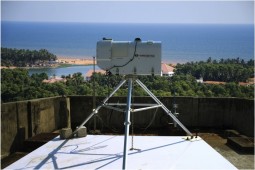 Radiometers and Weather (start at 12:50). Predicting the weather is a tough job, and climate change is bringing unseasonal conditions that make it even more difficult to predict. But a monitoring device produced here in Boulder may be able to improve local weather forecasts significnatly. These radiometers work by creating 3-D profiles of the moisture in the air, which is a key element for meteorologists and climate modelers alike. They are now being put to various weather-related uses all over the planet. Stick Ware is the founder and lead scientist of the Boulder-based company,
Radiometers and Weather (start at 12:50). Predicting the weather is a tough job, and climate change is bringing unseasonal conditions that make it even more difficult to predict. But a monitoring device produced here in Boulder may be able to improve local weather forecasts significnatly. These radiometers work by creating 3-D profiles of the moisture in the air, which is a key element for meteorologists and climate modelers alike. They are now being put to various weather-related uses all over the planet. Stick Ware is the founder and lead scientist of the Boulder-based company, 